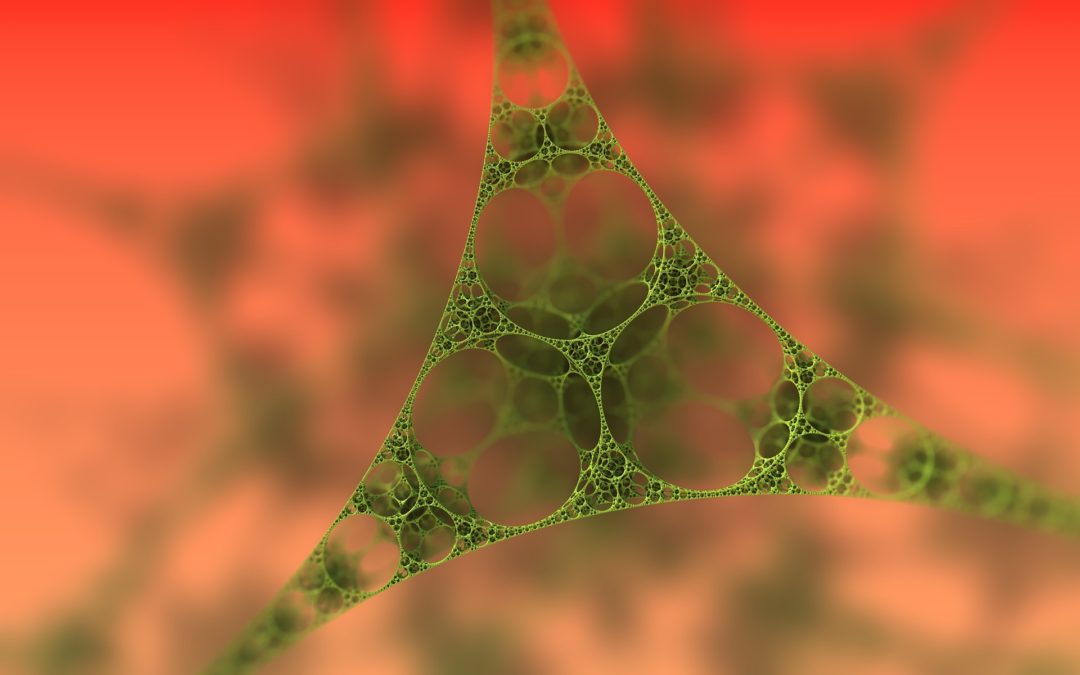The breakthrough medical technology of organ transplants on the human body is nothing short of miraculous and has saved and improved countless lives — but not without a price. The transplant process is messy and prolonged: the patient must wait for a matching organ to become available, then wait for it to be transported, and undergo a complicated and risky surgery, only to simply hope that their body doesn’t reject it. How can this process be improved?
The answer may be in the material called graphene, discovered in 2004 by two researchers at the University of Manchester. Some of graphene’s properties include a large surface area, high electrical and thermal conductivity, unmatched strength, ability to combine with other substances, ease in mass production, and flexibility. These characteristics and many more make it an ideal pairing with stem cells used in tissue regeneration, specifically for organs.
Graphene’s discovery showed that it has excellent physicochemical properties and a unique two-dimensional planar structure. Therefore, when used in stem cells, graphene oxide functions as scaffolding for their buildup. This ability earned it a label of the “next generation” of nanomaterials for stem cell control. Stem cells have shown to grow faster and better with the help of graphene-based nanomaterials. Therefore, using graphene could be just what organ cells need to reproduce more efficiently.
Stem cells can help various bodily tissues repair themselves. The use of graphene in stem cell regeneration could bypass many of the current requirements for organ transplants. Therefore, using graphene to regenerate tissue can be the golden ticket for improved organ replacements without another person dying. The question is, how can this be done sooner rather than later?
Though the discovery of graphene in tissue engineering has enormous potential, there is a long road before it is mainstream. A primary example is the use of 3D printers for graphene tissue cells. 3D printers have entered the market and are already helping advance medical research. However, using them to print organ cells has downfalls yet to be solved. Organ cells from 3D printers tend to die sooner due to lack of nutrients to the center of the organ and its cells. Other challenges to graphene’s regular use include safety regulations and costs.
The road is long before graphene completely transforms modern tissue engineering, but there are daily advances that ensure its future success. 3D printers can now produce blood vessels, which helps solve the problem of nutrient delivery to outermost parts of the organ. As a result, the organ lives longer. It’s already being used in biological cases such as gene and drug deliveries and cancer therapy.
When researchers find the perfect mixture of stem cells and graphene production, the field of regenerative medicine can leap forward. Its potential is unlimited to save and improve lives for those with organ transplants. That’s just the beginning of how graphene can elevate modern medicine, and the world at large.

